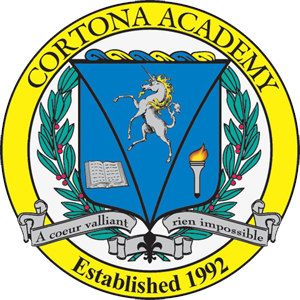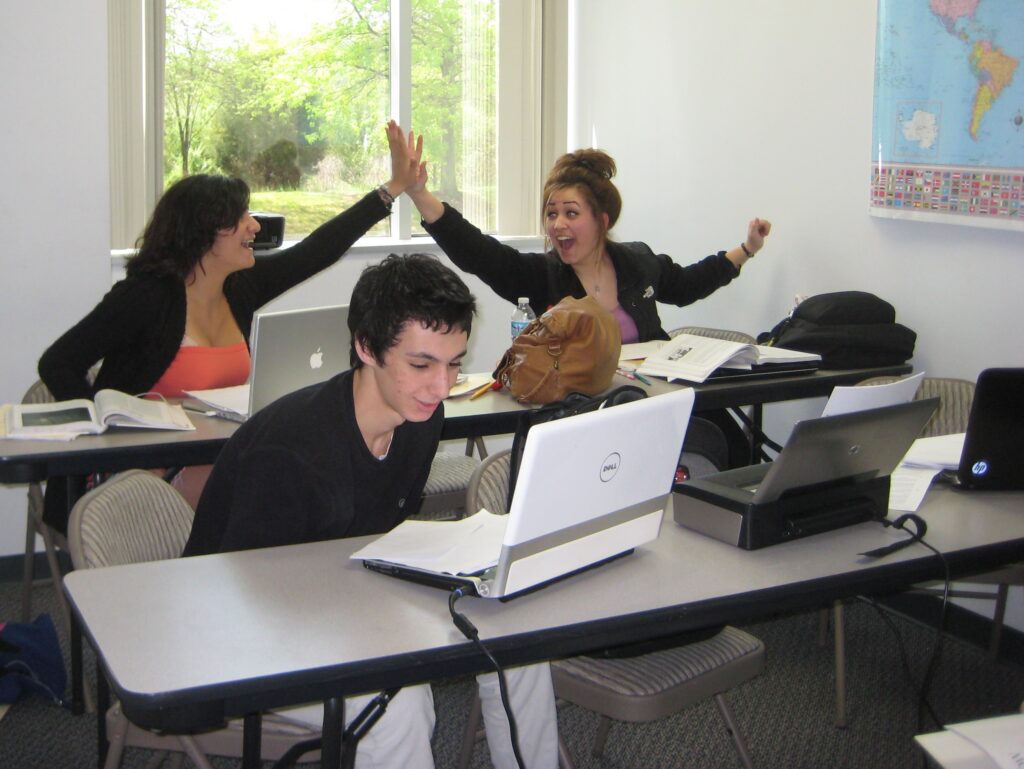By Dr. Ed B., Professor at Cortona Academy
A fascinating series of articles recently ran in the Washington Post on the subject of the extremely high rate of absenteeism in the DC public schools–students simply didn’t show up for classes for days and weeks. Of course, there were myriad reasons for the absences, some good and others not so good. But examining all this would get us into to sociology and I prefer here to stay with something I know a little about: what makes for a successful student. After having taught for nearly 20 years, 14 of them at Cortona Academy, and having served on various Boards of Education for International Schools during my tenure as a Foreign Service Officer with the Department of State, I have a pretty clear idea about what it takes for a student to succeed. A successful student needs superior teaching, innovative study and learning techniques, and Being Here.
As for superior and seasoned teachers and tutors; we have these in each and everyone of the Cortona Academy faculty (read the biographies on the web-site–I somewhat immodestly include myself in this group).
As for developing and implementing innovative study and learning techniques, Cortona Academy’s founder and Director, Sharon Strauchs, has been an acknowledged leader in this field for over a quarter of a century. She has developed methods and practices which allow every student no matter their learning disability, giftedness, or “boredom factor” to achieve their full potential, which means 4-year college acceptances with scholarships.
But: Be Here. Back to the Post’s stories. It is obvious that even with very good teachers and very clever methods of teaching, the student’s physical presence and intellectual engagement in class is paramount to succeeding. Woody Allen is said to have remarked that nine-tenths of life is showing up (New York Times, http://www.nytimes.com/1989/08/13/magazine/on-language-the-elision-fields.html?mcubz=3). Certainly that is essential for a student to succeed–the student has to Be Here.
While at Cortona Academy we do encourage full attendance of all our students (in a perfect world), plus, we encourage students to become engaged in both their classes as well as off-site activities. This accentuates the fact that here at Cortona Academy, we don’t really have an attendance issue. We have the compassion that allows for flexible scheduling in times of crises or emergencies in a student’s personal or family life. These should be obvious accommodations in all public and private schools.
“Being here” is beyond attendance. Being Here means to be “fully engaged in the learning experience” unencumbered with distraction, i.e. phones, computers, internet, etc. Our aim as educators is for our students to be “uni-taskers,” not just half here and half online. With the patience and compassion regularly given on behalf of Cortona Academy professors, students are able to follow through with this aim. It is this patience, willingness, and flexibility to meet the students with respect to their lives and on their own schedules that allows for our students to want to “Be Here.”
We invite all prospective students to Be Here in the fullest sense and succeed under the tutelage of excellent teachers working with the most innovative and proven educational techniques and methods on the East Coast.
So an invitation: BE HERE.
“Truancy, absenteeism a chronic problem in D.C Schools,” by Emma Brown & Keith L. Alexander. https://www.washingtonpost.com/local/education/truancy-absenteeism-a-chronic-problem-in-dc-schools/2014/04/26/0269291e-cb1f-11e3-a75e-463587891b57_story.html?utm_term=.0fe9ac7c1dfe
“Chronic truancy rates above 50 percent in D.C. high schools,” By Michael Alison Chandler https://www.washingtonpost.com/local/education/chronic-truancy-in-dc-high-schools-still-rampant-despite-new-laws/2015/03/08/10b9c9f0-c511-11e4-9271-610273846239_story.html?utm_term=.5a32feab78c7

